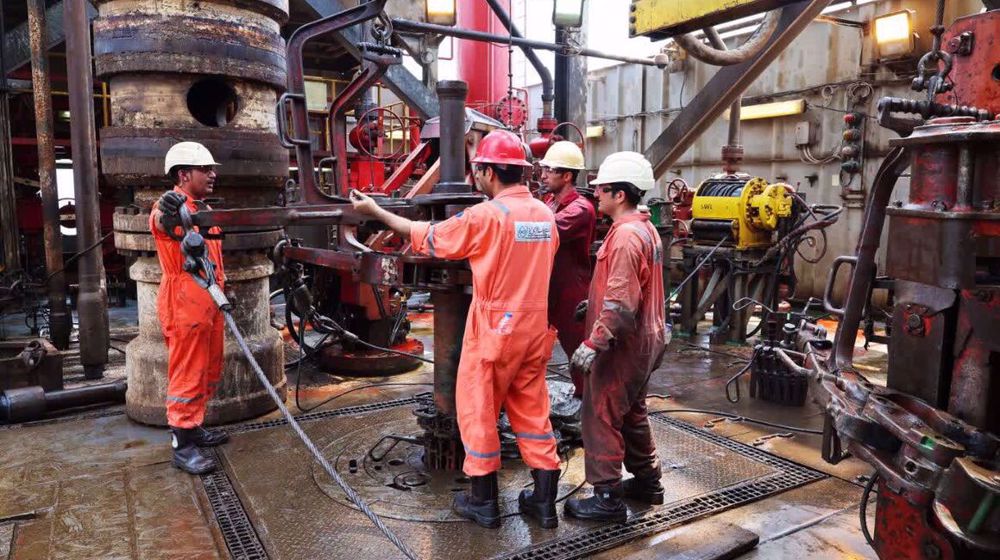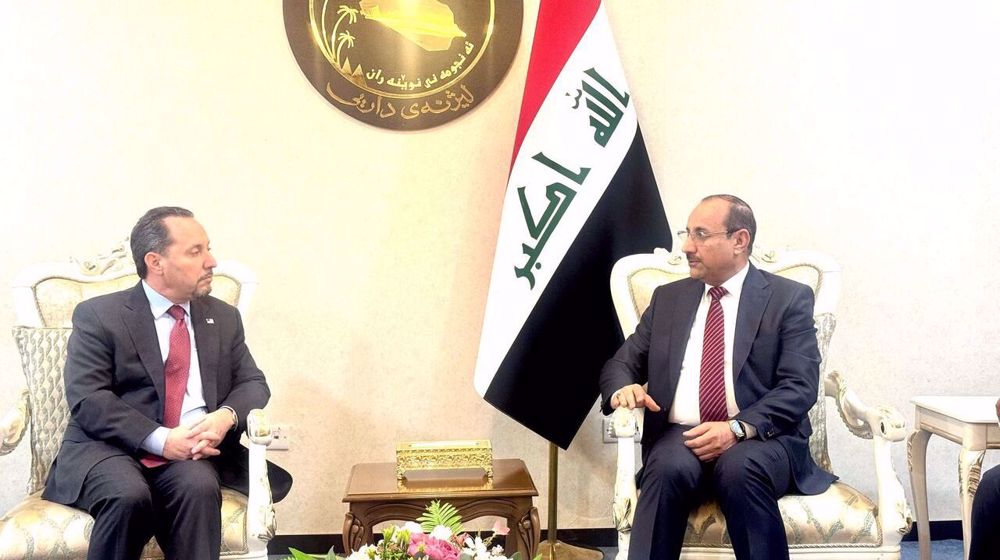Costs of Iran-Oman gas pipeline to rise
Only weeks after Iran and Oman said they had agreed to change the route of a planned undersea natural gas pipeline between the two countries, indications are now emerging that the project costs will rise due to design modification.
“We expect slight upward budget adjustment because of this change,” Reuters quoted an industry source familiar with the matter as saying in a report. The cost of the pipeline could be $1-1.5 billion after the change in the design, the source added.
The pipeline will be shorter than originally planned but it will go deeper, added the report.
“The shallow route had a maximum depth of 500 meters, the deeper (option) will go to 1000 meters,” the source said.
A key modification includes finding a new route for the pipeline to avoid waters controlled by the United Arab Emirates (the UAE).
Omani and UAE officials have discussed the project but industry sources say the UAE has not given its blessing to the project with a route that would pass through its waters, Reuters added.
UAE officials have not discussed the matter publicly.
Iran will export 28 million cubic meters of gas to Oman per day via a subsea pipeline within 15 years, according to the agreement signed between Tehran and Muscat in 2013.
In September 2015, after bilateral negotiations in Tehran it was announced that the project would be operational by late 2017.
Almost a third of the gas exported by Iran to Oman will be turned into liquefied natural gas (LNG) in the sultanate’s Qalhat plant, and the rest will be consumed domestically. Iran will accordingly use the LNG produced at Qalhat plant for exports to European and Asian markets.

Iran opens first infill well at South Pars gas field

Iraq warns US its power grid would collapse without Iran gas supplies

Role of world’s largest gas field in Iran’s energy security
VIDEO | Iran, Russia and China kick off Joint Naval Drills in Oman Sea
Houthi: Yemen army ready to start military actions against Israel
Iran petrochemicals under pressure for failing to return export proceeds
I would give US campus protesters exploding pagers: Israeli ex-PM Bennett
‘New maritime powers’ present in high seas, Iran Navy chief says in reaction to Trump
UN condemns Israel for cutting off Gaza’s electricity, warns of consequences
Iran opens first infill well at South Pars gas field
Israel to endorse construction of 1,030 illegal settler units in al-Quds







 This makes it easy to access the Press TV website
This makes it easy to access the Press TV website